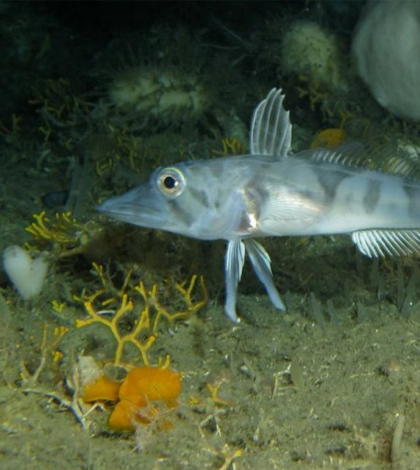Seafloor Life Acting As Unexpected Carbon Sink

An icefish swims over bryozoans on the Weddell Seabed. (Credit: Thomas Lundalv)
Although melting sea ice has been viewed as one of the unfortunate outcomes of global warming, it has had one benefit: Due to the melting ice, more creatures on the seafloor have been growing, ultimately acting as a carbon sink.
According to a release from Cell Press, Antarctic sea ice melt has encouraged the proliferation of Antarctic bryozoans, doubling their previous number and allowing them to hold on to more carbon — tons of it — in their tiny bodies.
About 20 years of specimen collection and high-resolution image data show that creatures on the seafloor have been responding to global warming and melting sea ice by providing a negative feedback, reducing global warming by acting as a carbon sink. Arctic forests, algal blooms where ice shelves used to be and bryozoans have all been acting to counteract global warming by acting as carbon sinks.
Top image: An icefish swims over bryozoans on the Weddell Seabed. (Credit: Thomas Lundalv)




0 comments